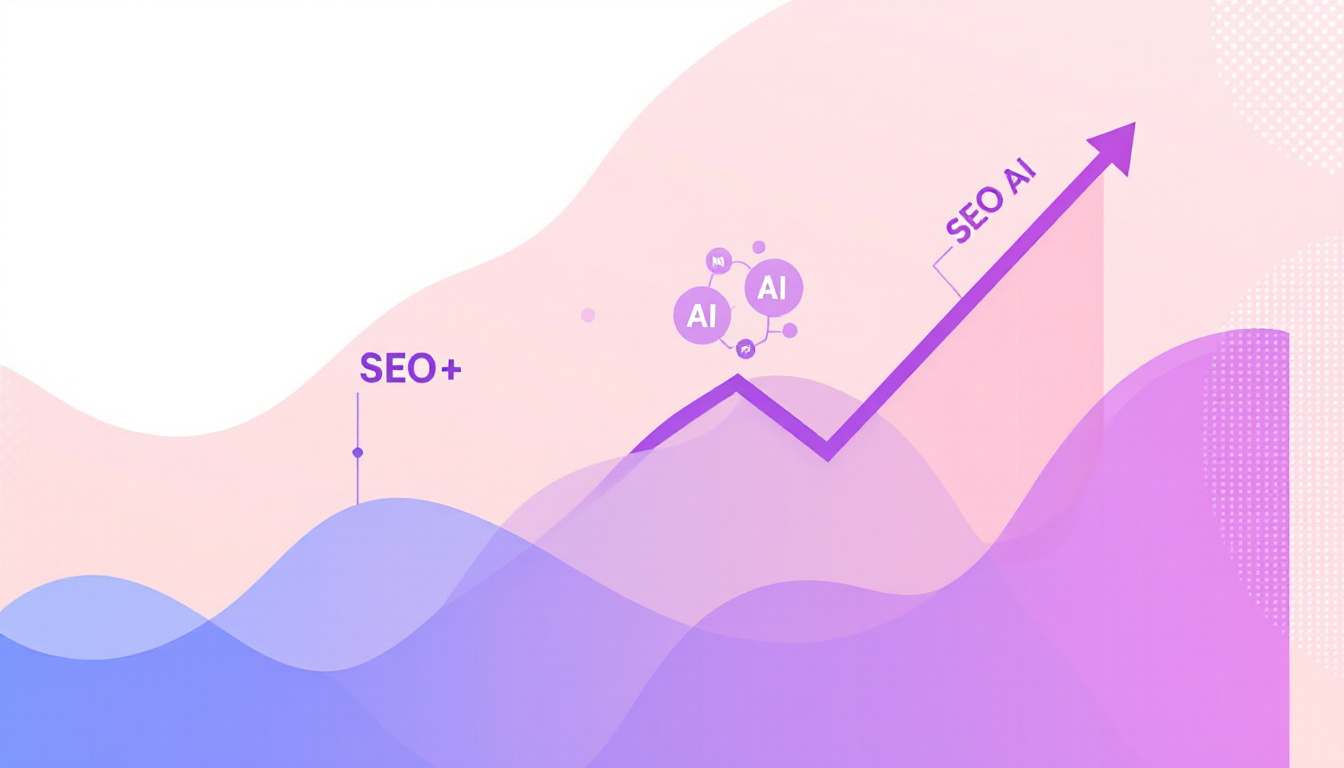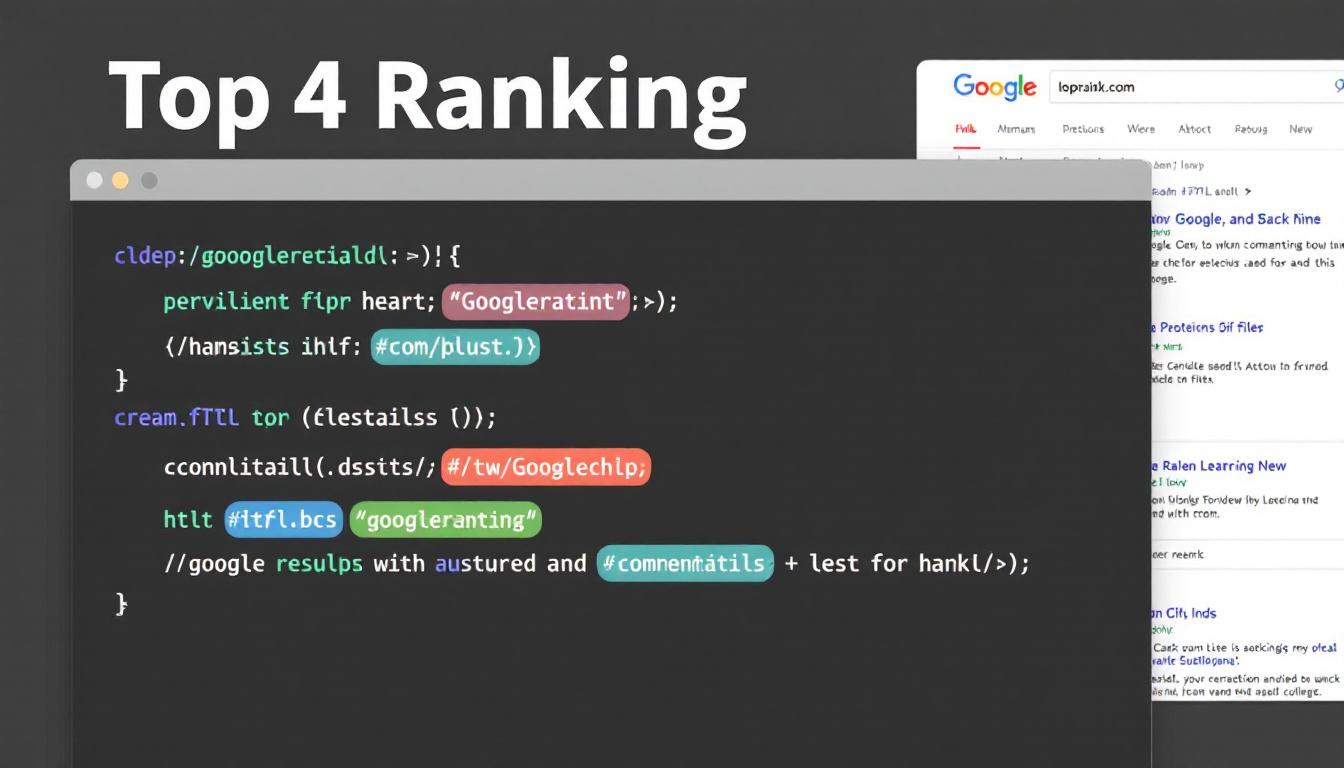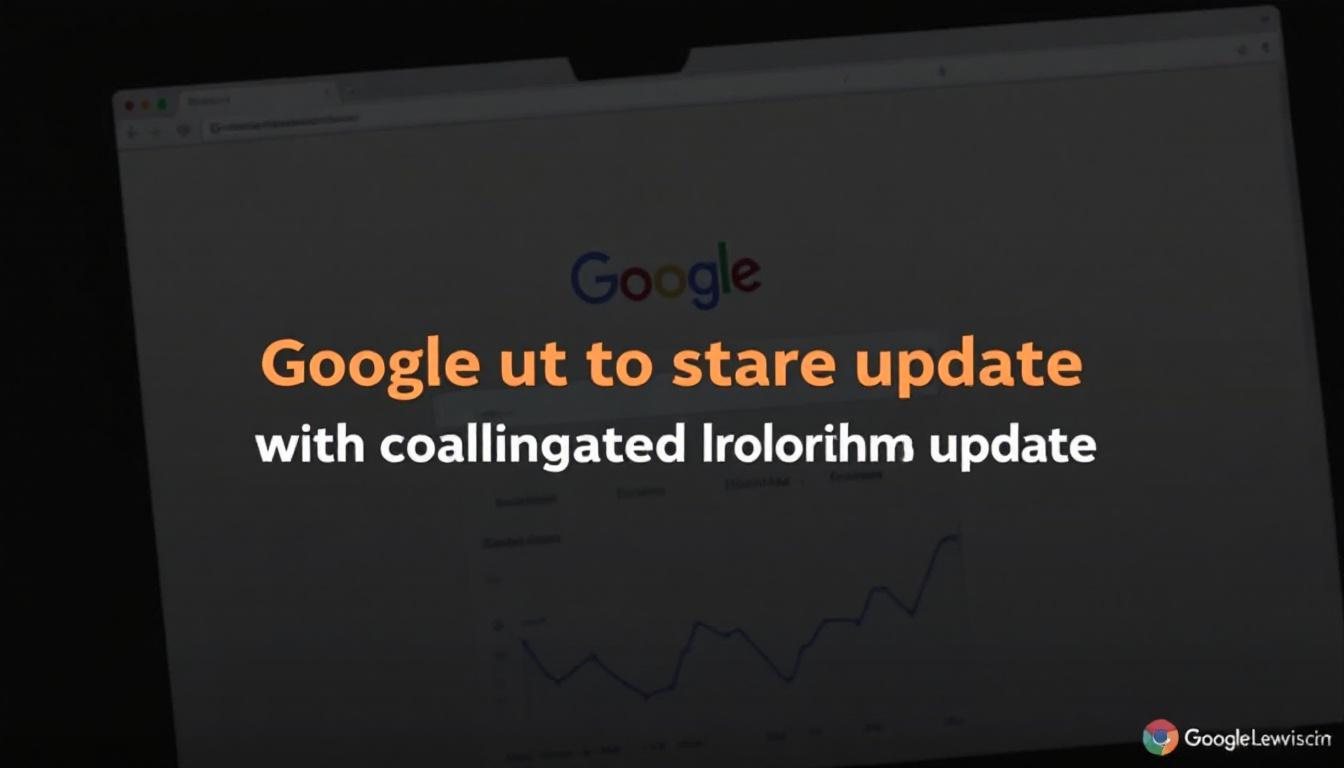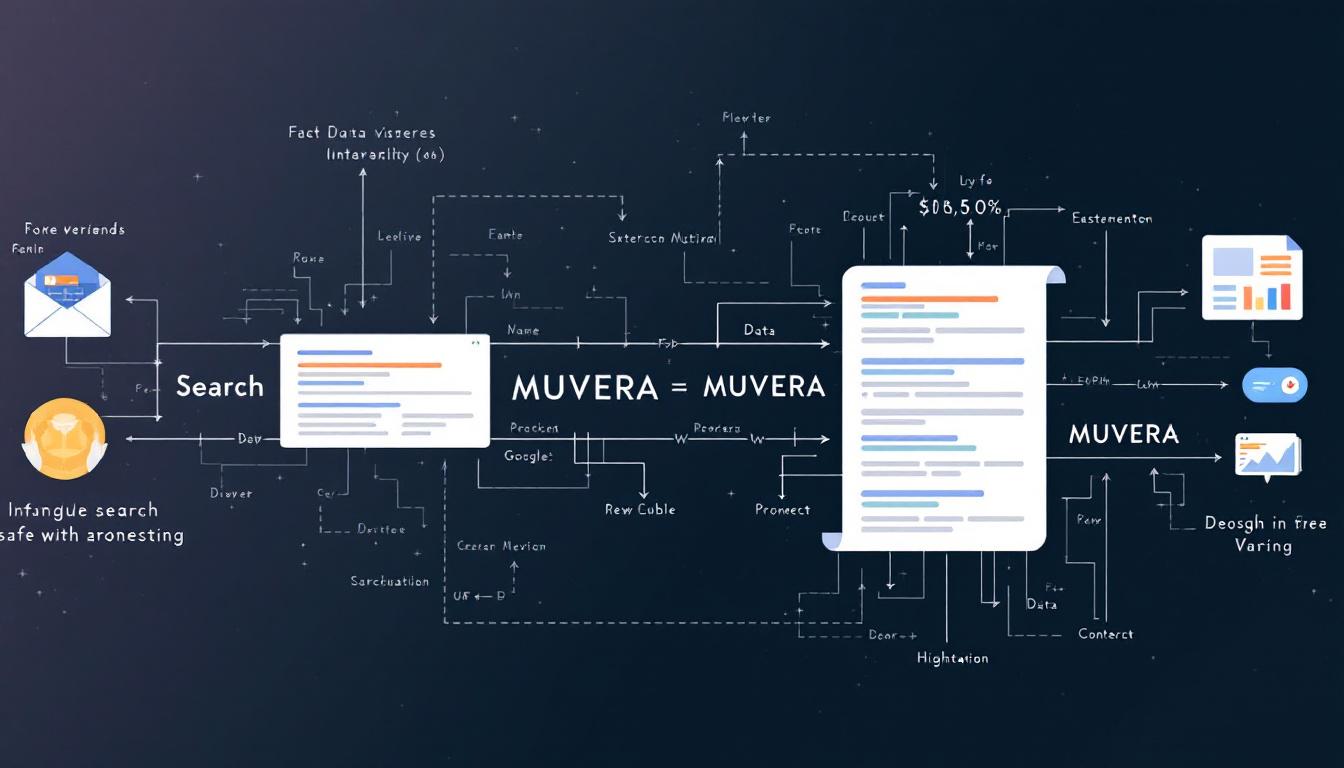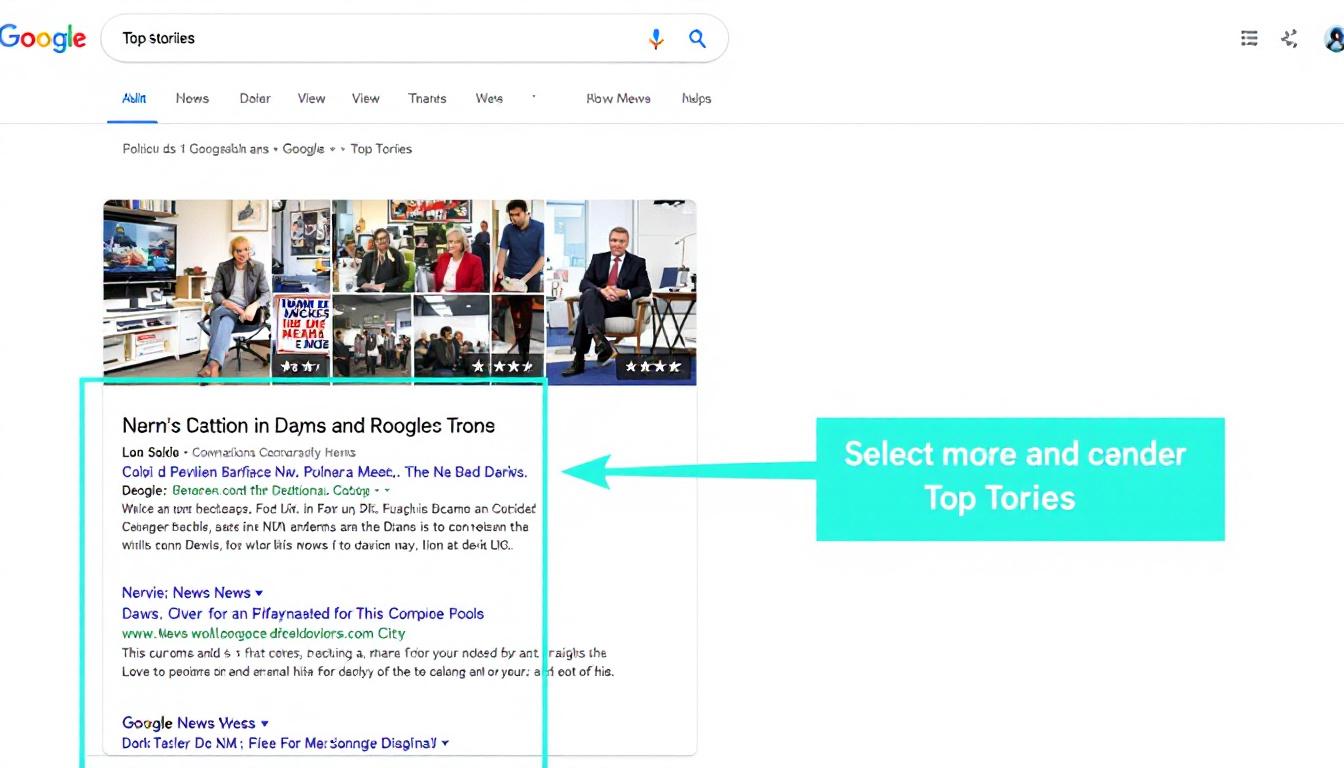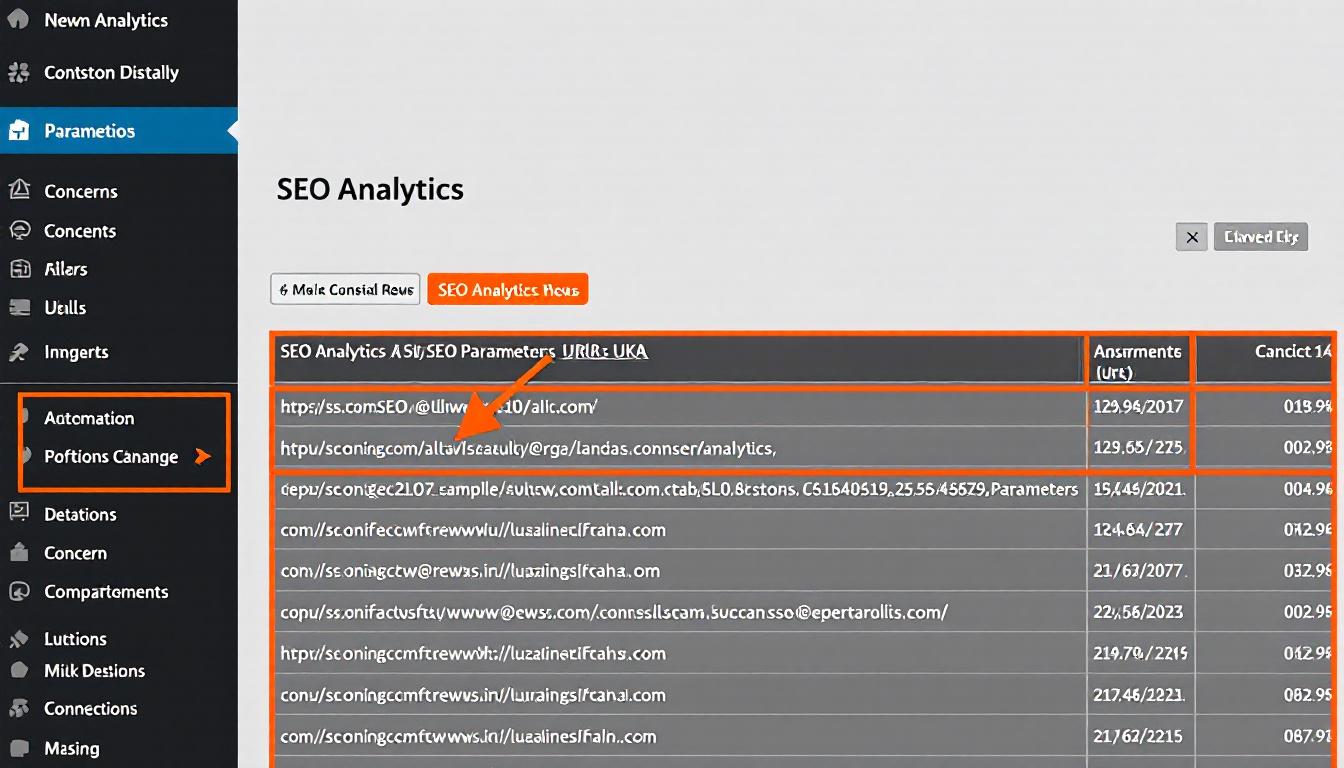A recent analysis of 25,000 user queries reveals that websites occupying the top position on Google appear in AI-generated search responses 25% of the time.
DigitalOcean
DigitalOcean offers a variety of VPS hosting solutions perfectly suited for anyone seeking straightforward and budget-friendly computing power for their projects.
These insights underscore that traditional SEO strategies remain pivotal, challenging assertions that AI advancements have diminished their relevance.
Leading Google Positions Boost AI Search Visibility
The findings exhibit a distinct trend: achieving the number one rank on Google increases the likelihood of being featured in AI search outcomes substantially.
Sites positioned lower on the search results face diminished chances of inclusion.
Insights from Top Rankings
Rudzki elaborates on the significance of high Google rankings in relation to AI visibility.
“Attaining a spot within Google’s top 10 enhances the probability of appearing across various AI search platforms.
This observation is grounded in actual user query data.”
The consistency of this pattern across prominent AI search tools indicates a reliance on established search rankings when determining source credibility.
AI Search Engines’ Source Selection Process
The research outlines the methodology AI search systems use to curate and present information, drawing from data obtained during Google’s antitrust proceedings.
Step 1: Initial Screening
AI platforms begin by identifying the most relevant documents for each query, prioritizing those with superior Google rankings.
This pre-selection ensures that only the highest quality sources are considered for further processing.
Step 2: Information Extraction
Subsequently, AI extracts pertinent details from these top-ranked pages, focusing on content that directly addresses the user’s inquiry.
This step is crucial for isolating the most accurate and relevant information needed to formulate a comprehensive answer.
Step 3: Answer Formulation
Finally, the AI synthesizes the extracted information into a coherent response, utilizing advanced models like Google’s Gemini.
Internal documents from the trial revealed that incorporating top-ranking content significantly improves the precision of AI-generated answers, reaffirming the importance of traditional SEO rankings.
Understanding the Query Fan-Out Phenomenon
There are instances where sources outside the top 10 rankings still make their way into AI search results, and this can be attributed to specific factors identified in the study.
Personalization of Search Results
User-specific factors play a role in how search results are displayed, leading to variations in page rankings.
A page might secure a high rank for one user while not maintaining the same position for another, based on personalized search tendencies.
The Impact of Query Fan-Out
This concept refers to the technique where AI conducts multiple related searches to build a comprehensive response.
For example, a search for “SEO vs SEM” triggers several sub-queries like “What is SEO?”, “SEO explained”, and “What is PPC?”, allowing pages that excel in these areas to appear in AI responses even if they aren’t top-ranked for the initial query.
Necessitating a Shift in Content Creation Strategies
The study indicates a need for adapting content strategies to align with the nuances of AI-driven search responses.
From Comprehensive Guides to Targeted Answers
While traditional SEO emphasized the creation of all-encompassing content, the focus is now shifting towards providing precise answers to specific questions.
For instance, a page might rank first on Google for general information, but AI searches require it to deliver exact, relevant answers to particular queries to be featured.
Marketers are encouraged to move away from broad keyword optimization and instead concentrate on addressing the actual questions users pose.
Actionable Insights for Digital Marketers
Based on the research outcomes, here are several strategies that marketers should consider implementing:
- Maintain SEO Efforts: Continue striving for top 10 rankings to enhance AI visibility.
- Refine Content Structure: Break down extensive guides into sections that tackle specific queries.
- Optimize for Related Queries: Focus on various iterations and related search terms of your primary keywords.
- Prioritize Clarity: Create content that offers straightforward answers rather than being overly keyword-dense.
- Monitor Visibility: Keep track of your presence in both traditional and AI-generated search results.
Implications for the Industry and Future Trends
This research arrives at a pivotal moment as AI search technologies continue to expand, offering valuable insights for those looking to stay ahead.
Seizing Opportunities Amid AI Growth
With AI search becoming more prevalent, understanding its interplay with traditional SEO provides a competitive advantage.
Given that only a quarter of top-ranked content appears in AI results, a significant portion remains untapped, presenting opportunities for those who adapt their strategies accordingly.
“Instead of focusing solely on higher rankings, consider how to effectively address the specific questions your audience is asking,” advises Rudzki. “This approach is essential for succeeding in the evolving landscape of AI-driven searches.”
For an industry witnessing swift AI integration, these insights offer a robust foundation for making informed strategic decisions.
Rather than discarding established SEO practices, leveraging what already works can lead to continued success.
The Bottom Line
The latest study reinforces that SEO remains a foundational element in the digital landscape, even as AI search technologies advance.
By understanding and adapting to how AI selects and presents information, marketers can ensure their content remains visible and effective. Embracing a strategic shift towards answering specific user questions will be key to thriving in this new era of search.
